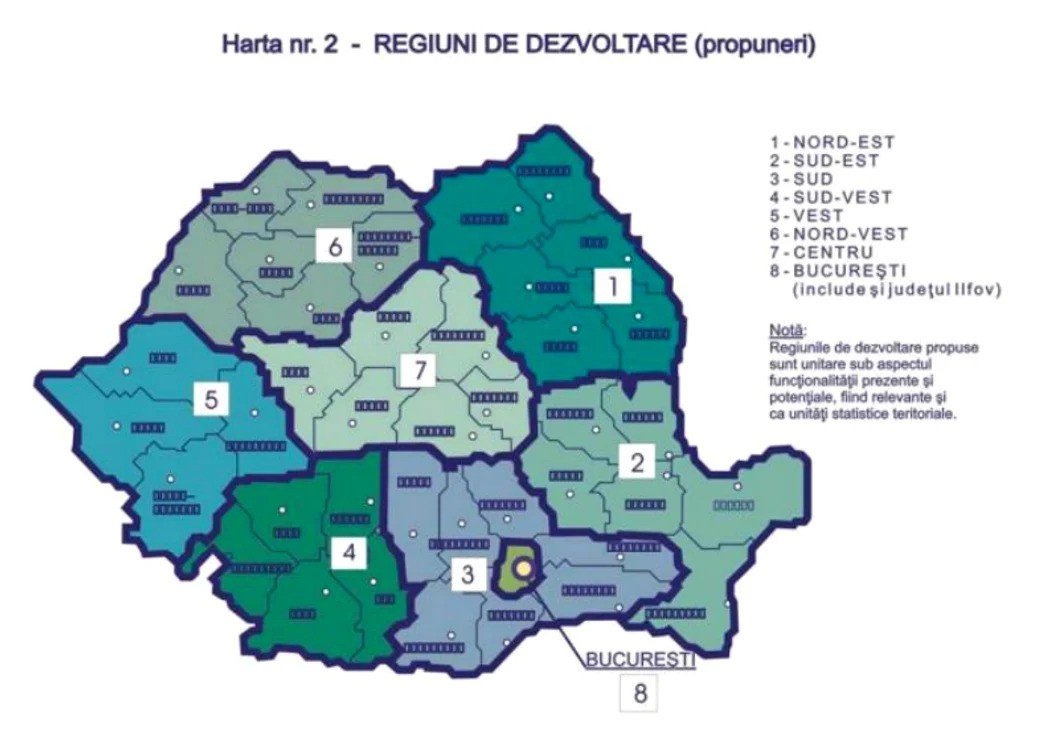
Fotó: USR/képviselőház
We hope that the leaders of RMDSZ (Democratic Alliance of Hungarians in Romania) will be gracious enough to send a bouquet of flowers and a box of chocolates to Elena Lasconi, the president of USR (Save Romania Union) as a thank-you for providing their party with an excellent campaign topic in the weeks leading up to the elections.
2025. február 12., 16:402025. február 12., 16:40
As it is well known in the heat of the campaign, the liberal party – generally considered a party of intellectuals that prefer technocratic solutions – has proposed a plan to reorganize administration that would drastically transform the country. According to this plan the current 41 manageable and authentic counties would be replaced by eight artificially delineated economic mega-regions created for accessing EU funds.
Naturally, the RMDSZ’s campaign machine worried about reaching the parliamentary threshold, immediately jumped on the issue. Administrative reorganization proposals like this have already been highlighted as a threat to Hungarian minorities in the past: it would result in vastly overwhelming Romanian majorities everywhere. This would suppress and lead even the most predominantly Hungarian areas to assimilate. RMDSZ representatives wasted no opportunity to emphasize the dangers of the plan, adding that only they have the ability to protect Hungarians from such a threat.
We cannot say that these plans aren’t genuinely dangerous. But the threat they pose is not exclusive to Hungarians — it affects all citizens of the country. The consequences would be harmful to Romanian communities in Transylvania and Partium, as well as to Moldavians and Wallachians beyond the Carpathians. Ignoring cultural and historical traditions, geographic realities and the economic connections built over decades would disrupt the lives of residents in all regions, regardless of ethnicity.
The proposal submitted by the USR perfectly exemplifies the patronizing arrogance and hubris typical of politicians and parties who fancy themselves world-changers. It is a top-down social engineering experiment following the principle of „we’ll force improvement whether you like it or not.” This approach has been “successfully” employed by everyone from the Jacobins to communists and Nazis throughout history.
As such the plan effectively discredits the entire concept of administrative reorganization, even though such reform wouldn’t necessarily be a bad idea in principle — it just needs to be approached in a completely different way. The USR’s plan is based on an overly centralized state, transferring decision-making power from local levels to regional centers. This runs counter to the principle of subsidiarity, which dictates that decisions should be made at the closest possible level to those affected. Ironically speaking subsidiarity is supposed to be one of the EU’s core principles.
Instead, it would consider the reality of the situation, with the main objective being the delegation of decision-making powers from higher levels to lower ones — along with the necessary financial resources. Responsible financial management and proper oversight mechanisms would, of course, be essential, but the right direction is certainly not to dismantle the systems created by centuries, often millennia, of organic development just because some ideological urge to reform everything from the ground up has emerged.
This way it is crucial to ensure that culturally and historically connected areas remain under the same administrative regions and that they are not lumped together with areas they have nothing in common with. Clearly, the USR’s entire proposal is hardly more than a campaign tool, intended primarily to keep the party in the spotlight until they are forced to explain why the whole thing is a disaster. After all, bad publicity is still publicity.
At the same time it is an excellent tool for shaping public discourse, allowing politicians to claim that the slow pace of development – if there is any at all – is not the fault of previous governments but rather the result of poor administrative distribution. This, in turn, can lead to the presentation of more and more new maps, each promising a utopia if implemented.
Meanwhile this serves as a distraction from „secondary” topics like coherent medium- and long-term development and economic policies, or the immediate issues of inflation and the extreme budget deficit, which in the worst-case scenario could lead to tax increases and cuts to social spending. Sooner or later some version of administrative reform will be implemented but it matters greatly which version and how.
Make no mistake: if a „byproduct” of the reorganization enables the marginalization or assimilation of Hungarians, Romanian politicians who have long dreamt of an ethnically homogeneous Romanian state, will seize the opportunity. This is why it is advisable not only to critique these proposals from the perspective of an ethnic minority — though they are exceptionally dangerous to the Hungarian community — but also to seek as many Romanian allies as possible. These allies must be made aware that any reorganization attempt resembling the USR’s would be disadvantageous to all citizens of the country.
Ultimately, what gets implemented will depend on the balance of power between Romanian parties following the parliamentary elections. If RMDSZ is not needed to form a stable coalition, it will be much harder to prevent the adoption of such a proposal, which is a huge threat to Hungarians. Therefore, it is essential to raise awareness now among as many Romanian political and civil organizations, municipal leaders, and ordinary citizens as possible. They need to understand that implementing a proposal that disregards historical and cultural traditions and favors artificial, mega-counties would not leave them any better off. This could be the real path to resist these absurd administrative reorganization plans and prevent ensuing assimilation.
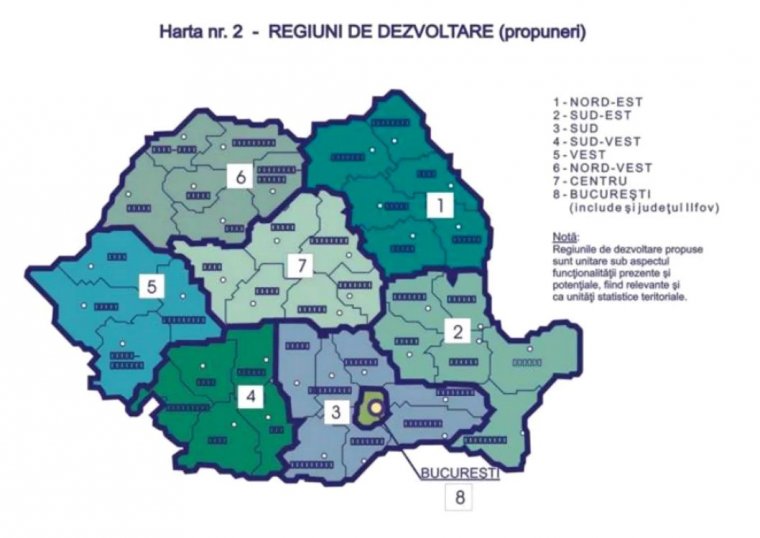
Reméljük, az RMDSZ vezetői vannak annyira úriemberek, hogy legalább egy csokor virágot és egy doboz bonbont küldenek majd Elena Lasconinak, köszönetképpen azért, hogy a pártja kitűnő kampánytémát biztosított számukra a választások előtti hetekben.
„The economic situation in Romania is currently so severe that the country is already standing at the doorstep of recession.” „Romania could already be in recession.” „Only a miracle could save us from recession.”
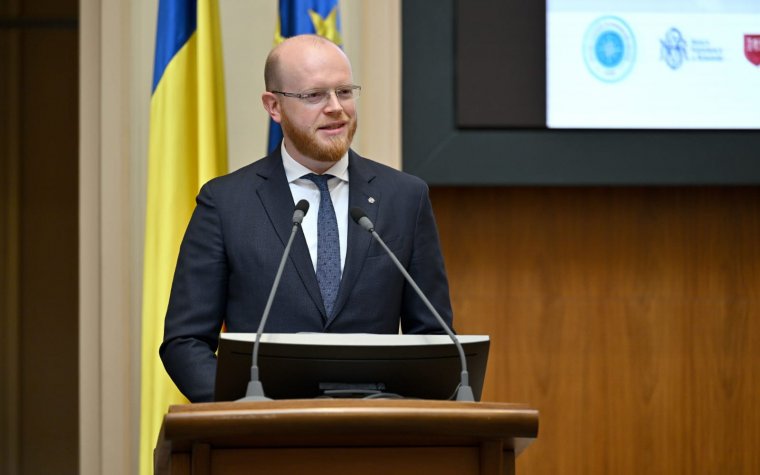
As of August 1, shoppers will have to dig deeper into their pockets – partly due to a 2–12% increase in the value-added tax (VAT), and partly due to the rise in excise duties.
“I would like to speak with Romania’s new president as soon and as extensively as possible, because we have shared issues within the European Union, and the interests of Romanians and Hungarians often align," Prime Minister Viktor Orbán told Krónika.
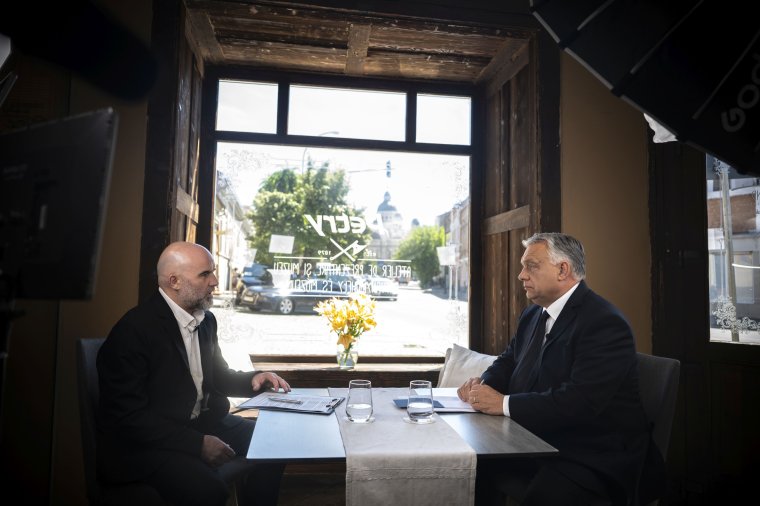
Although Romania is in urgent need of major adjustments given its struggling financial situation, the four-party coalition was only just formed following the presidential election in May.

Desperate, silent people, hopelessness, and the authorities’ secrecy characterize the situation in Parajd (Praid) following the salt mine tragedy.
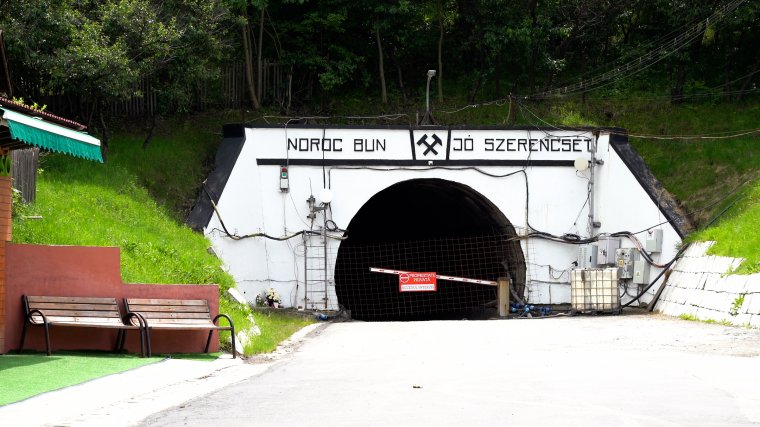
Romania has lost the most residents over the past 20 years among the EU member states according to the „Demography of Europe – 2025 edition” research by the Eurostat statistical office.

I would like to share a personal story from 1986 that I have never told before. I had just finished my first year studying physics at university.
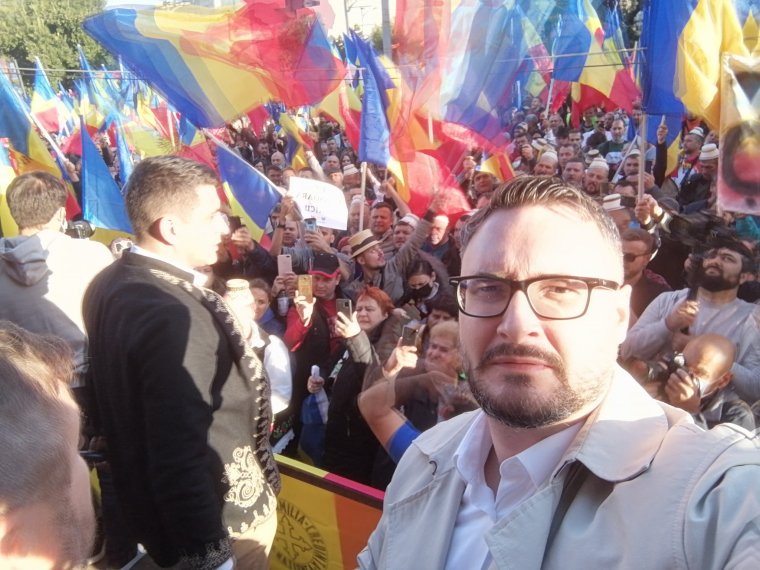
While Sunday’s first-round results of Romania’s presidential election were not entirely unexpected, the outcome delivered a political shock of historic proportions.

Pope Francis, who passed away on Easter Monday at the age of 88, left behind an exceptional legacy. Papal Prelate József Marton spoke to Krónika about the Pope’s role in the history of the Catholic Church and his visit to Csíksomlyó.
It took Emil Boc a long time to recover from the punch in the face that shattered the smiling cityscape posing as the poster child of multiculturalism.

szóljon hozzá!